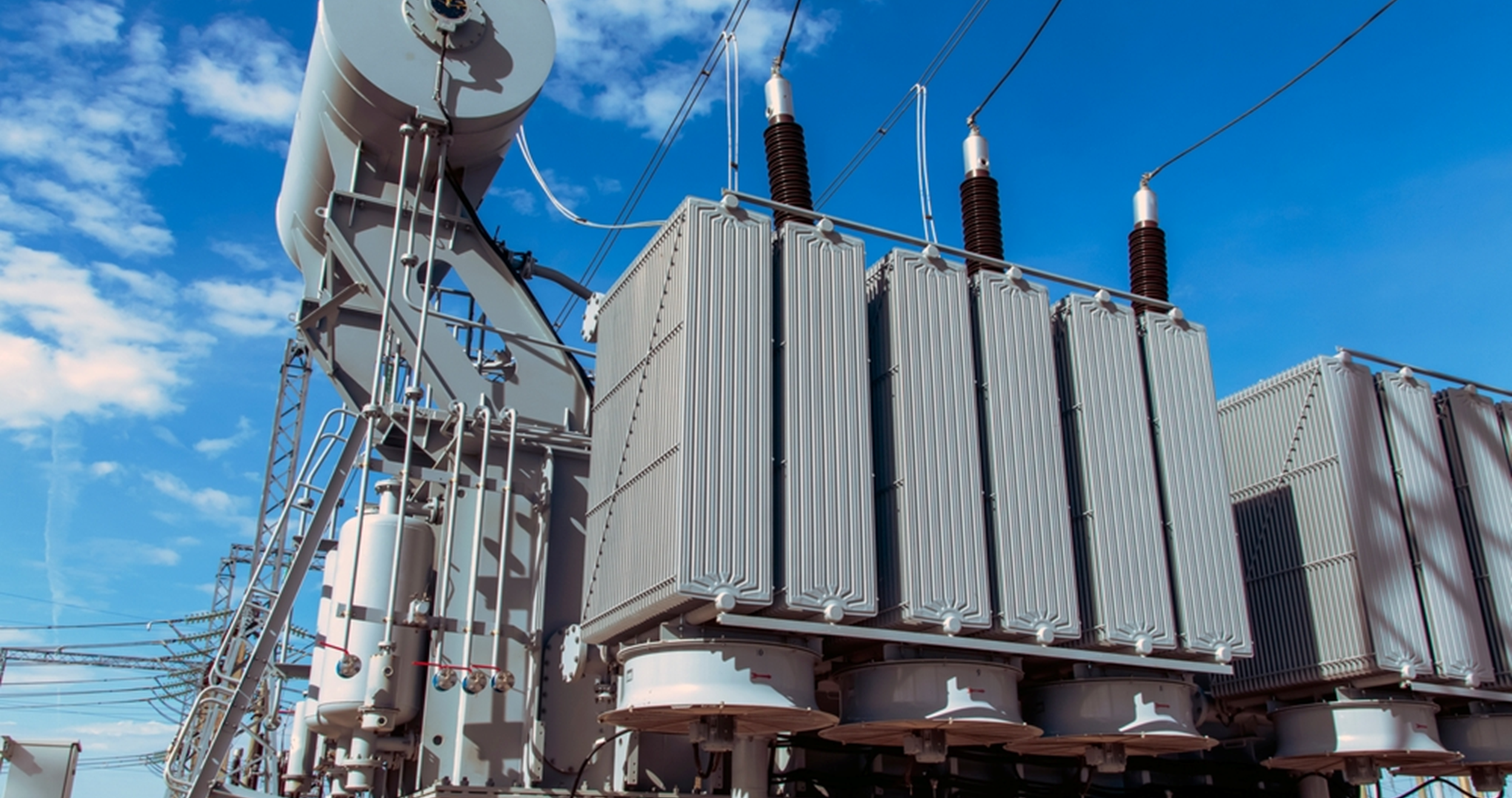Our recommendations
Last Update
17 July 2023
Why market based economic dispatch (MBED) will be challenging for India?
What are the key features and challenges of the decentralized power market?
The decentralized markets are considered as such as they allow producers to use self-dispatch in the day-ahead market. This means that producers can choose how to deliver the committed energy at an agreed location. They are also free to pay another producer to deliver the energy instead. This arrangement is also known as portfolio-based bidding. These markets have a clear acknowledgment that it is necessary to have a system operator with exclusive authority to manage the power system in real time, but its authority to intervene ahead of delivery is often limited to day-ahead scheduling of the transmission network. The sole purpose is minimizing the operator’s monopoly influence upon the electricity market. As system operators are less active in the decentralized markets, the separation of transmission ownership and system operations is less of an issue than for the centralized market structure. Further, the decentralized markets are far more flexible than centralized markets in which trading arrangements such as intra-day trading are easier rendering necessary support to the intermittent renewable power & new energies.
Another advantage of this market is that they are transparent, facilitate hedging and simplify market clearing. This clearly signifies that the decentralized market can be scaled up easily. However, the main issue with such markets are the zones tend to be too large.
The key features & challenges of the decentralized markets are:
• Flexibility
• Simplified market clearing
• Issues with continuous trading in intra-day markets
• Block orders & complex bids
• Inefficiencies due to zonal pricing
The key features & challenges of the decentralized markets are:
• Flexibility
• Simplified market clearing
• Issues with continuous trading in intra-day markets
• Block orders & complex bids
• Inefficiencies due to zonal pricing
Mr. Ravi Shekhar, Director & Head, of Eninrac Consulting says “The proposed MBED mechanism is against the grain of decentralized and voluntary pool market design which was in line with the country’s concurrent regulatory structure. The decentralized system was more inclusive and consistent with federalized structure of India. Currently, around 87% of the India’s installed power capacity is tied up under long term PPA’s. The remaining 13% is represented by power markets of which nearly 6% is dealt through exchanges. Therefore, the GOI has declared its intent to deepen the power markets by increasing their share from 6% to 25% by 2024. Although, MBED is perceived as an effective tool for reinforcing and deepening power markets but is not in line with future of India’s power market which shall be dominated by RE and shall demand flexibility in nature w.r.t scheduling and dispatch hinting for a need of voluntary pool market, especially with more EV’s penetration being coupled as well”
What are the key features and challenges of the centralized power market?
The key features & challenges of the decentralized markets are:
• Bids are not exact representation of costs
• Discriminatory pricing and make-whole payments structure
• Financing make-whole payments
• Inflexibility
• Separated transmission ownership and system ownership
• Difficult to scale up and lack of transparency
• Cost-based electricity market
• Bids are not exact representation of costs
• Discriminatory pricing and make-whole payments structure
• Financing make-whole payments
• Inflexibility
• Separated transmission ownership and system ownership
• Difficult to scale up and lack of transparency
• Cost-based electricity market
- Communications Team
Do you want to seek Eninrac assistance in helping you resolve some critical business issues? Engage with us and reach out to our experts by using the Request for Proposal (RFP) form.
BEST VISION IS INSIGHT
Combine market knowledge and your skill to contribute value for end consumers

Transformer Sales Surge: ₹75,000 Crore Opportunity Ahead

Solar Parks Development Status in India

EU Solar Market 2024: Utility- Scale Resilience Amidst A Slumping Rooftop
Get started with
EI Market personalised demo
Complete the form to get in touch with our sales team to see our Visionboard platform in action. We'll show you how you can use eninrac to build a culture of action of consistently hunting down and eliminating poor market research expriences across your companies line of business


